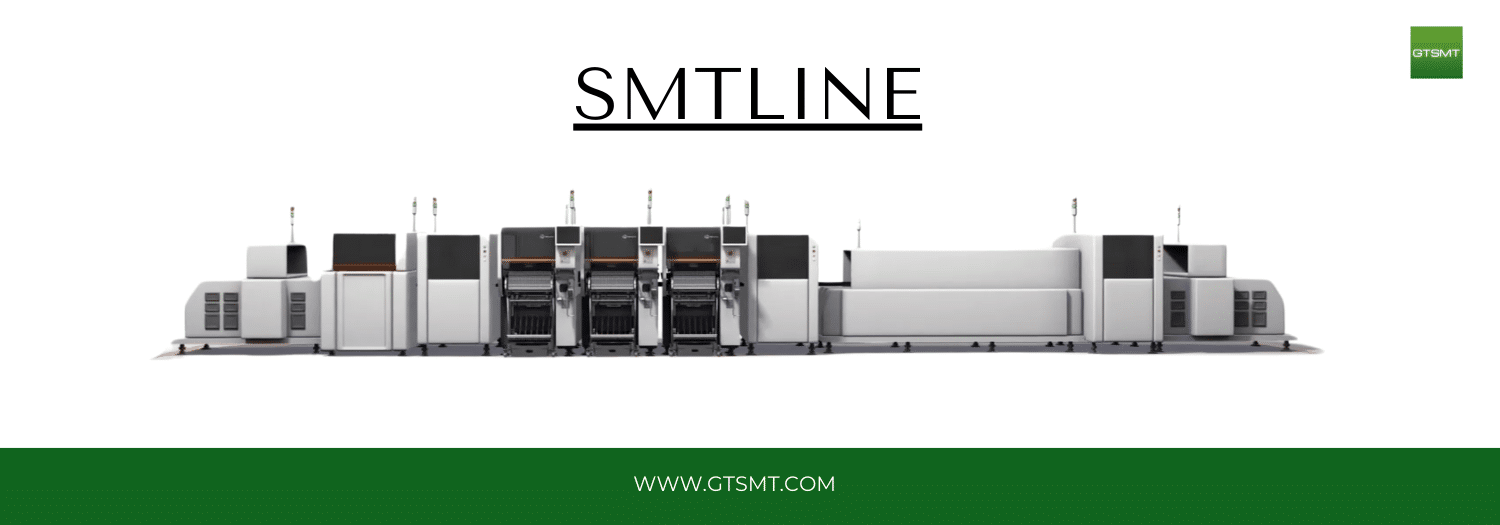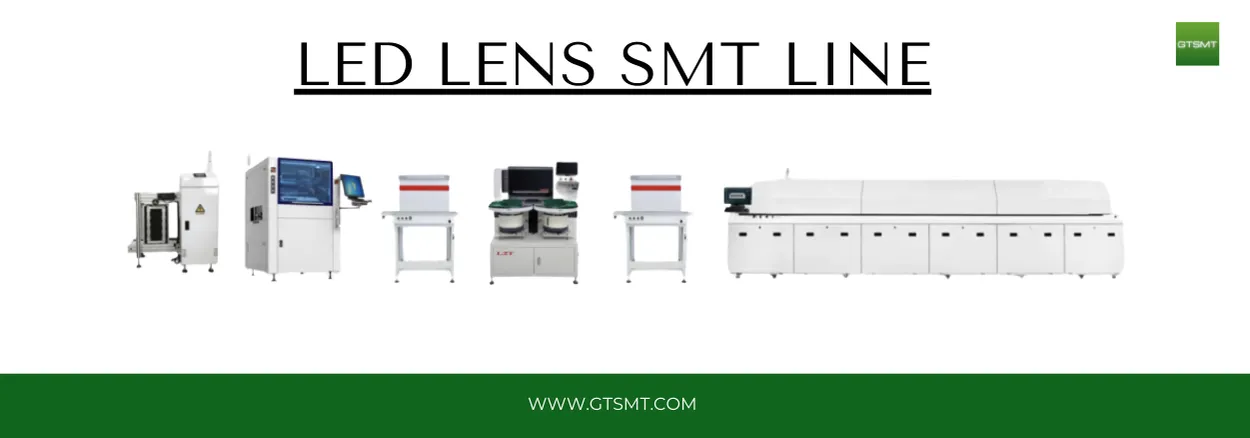Selective Soldering vs Through-hole technology
Table of Contents
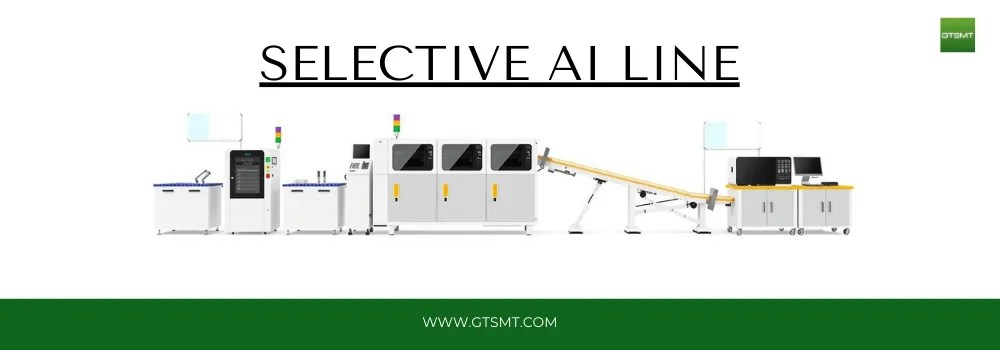
Selective Soldering vs Through-hole technology
In the ever-evolving world of electronics manufacturing, choosing the right soldering method is critical to ensuring product reliability, cost efficiency, and performance. Two widely used techniques—selective soldering and through-hole technology (THT)—serve distinct purposes in PCB assembly. While both methods create durable electrical connections, they differ significantly in process, applications, and suitability for modern manufacturing.
This article breaks down the differences between selective soldering and through-hole technology, helping you decide which method aligns best with your project’s needs.
What is Through-Hole Technology (THT)?
Through-hole technology (THT) is one of the oldest methods for assembling printed circuit boards (PCBs). Components used in THT have long leads that are inserted into pre-drilled holes on the PCB and soldered to pads on the opposite side.
Process Overview:
- Component Insertion: Leads of through-hole components (e.g., connectors, large capacitors) are manually or automatically inserted into PCB holes.
- Soldering: The board passes through a wave soldering machine, where a molten solder wave bonds the leads to the pads.
Advantages of THT:
- Mechanical Strength: Components are physically anchored to the board, ideal for high-stress environments (e.g., automotive, aerospace).
- Ease of Repairs: Larger components are easier to replace or rework manually.
- Heat Dissipation: Suitable for components generating significant heat (e.g., power transistors).
Disadvantages of THT:
- Slower Process: Manual insertion and wave soldering are time-consuming.
- Limited Miniaturization: Bulky components and drilled holes restrict PCB space for modern, compact designs.
- Higher Cost: Drilling holes adds manufacturing steps and material costs.
Applications:
- High-reliability industries (military, aerospace).
- Large components like transformers or connectors.
- Prototyping or low-volume production.
What is Selective Soldering?
Selective soldering machine is a modern, automated process designed to solder specific through-hole components on PCBs that also include surface-mount devices (SMDs). Unlike wave soldering, it uses targeted solder nozzles to apply solder only to designated areas, avoiding damage to heat-sensitive SMDs.
Process Overview:
- Solder Mask Application: Areas not requiring soldering are masked.
- Fluxing: Flux is applied to prepare the solder joints.
- Preheating: The PCB is preheated to minimize thermal stress.
- Soldering: A programmable machine uses small nozzles to deliver precise solder to selected through-hole components.
Advantages of Selective Soldering:
- Precision: Ideal for mixed-technology boards (SMT + through-hole).
- Reduced Thermal Stress: Avoids exposing entire PCB to high heat.
- Flexibility: Handles complex boards with dense SMD layouts.
- Cost Efficiency: Eliminates need for custom wave solder pallets.
Disadvantages of Selective Soldering:
- Higher Initial Cost: Machines are expensive compared to wave soldering.
- Slower for Large Batches: Less efficient for boards with many through-hole components.
- Programming Complexity: Requires precise setup for each PCB design.
Applications:
- Mixed-technology PCBs (e.g., consumer electronics with SMDs and connectors).
- Heat-sensitive components (e.g., LEDs, sensors).
- High-density boards requiring selective precision.
Key Differences: Selective Soldering vs. Through-Hole Technology
| Factor | Through-Hole Technology (THT) | Selective Soldering |
|---|---|---|
| Process | Wave soldering entire board. | Targeted soldering with programmable nozzles. |
| Component Compatibility | Pure through-hole boards. | Mixed-technology boards (SMT + through-hole). |
| Speed | Faster for boards with many through-hole parts. | Slower per board but avoids SMD damage. |
| Cost | Lower machine cost, higher drilling costs. | Higher machine cost, lower masking costs. |
| Precision | Limited (entire board heated). | High (localized soldering). |
| Thermal Impact | High (risk to heat-sensitive SMDs). | Low (minimizes thermal stress). |
| Best For | High-reliability, large components. | Complex boards with SMDs and select through-hole parts. |
When to Choose Each Method?
Choose Through-Hole Technology (THT) If:
- Your PCB uses only through-hole components (no SMDs).
- Components are large, heavy, or require mechanical robustness (e.g., industrial machinery).
- Budget constraints favor simpler, traditional processes.
Choose Selective Soldering If:
- Your board combines SMDs and through-hole components.
- Heat-sensitive SMDs (e.g., MEMS sensors, ICs) are present.
- Precision and miniaturization are critical (e.g., medical devices).
The Future of Soldering in Electronics
While through-hole technology remains relevant for niche applications, selective soldering is increasingly favored for modern electronics due to its compatibility with miniaturized, mixed-technology designs. Innovations like 3D selective soldering systems and AI-driven process optimization are further enhancing precision and reducing costs.
Conclusion
Both selective soldering and through-hole technology have unique strengths:
- Through-hole excels in durability and simplicity for boards with large components.
- Selective soldering offers unmatched precision for complex, mixed-technology PCBs.
Your choice ultimately depends on component types, production scale, and design complexity. For most modern electronics, selective soldering bridges the gap between traditional reliability and cutting-edge miniaturization, making it the go-to method for today’s innovative devices.
Need Help Deciding? Consult with your PCB assembly partner to evaluate your design requirements and production goals!
1. What is the main difference between THT and Selective AI lines?
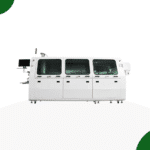
THT involves manually or automatically inserting components with leads into pre-drilled holes, while Selective AI uses robotic automation to insert radial and axial components with higher precision and speed.
2. Which method is better for high-volume production?
Selective AI is preferred for high-volume production due to its speed, precision, and reduced human error.
3. Why is THT still used despite being slower?
THT is essential for components requiring strong mechanical bonding and high power handling, such as transformers and connectors.
4. Is Selective AI cost-effective for small-scale production?
No, Selective AI requires a higher initial investment, making it less suitable for small-scale production compared to manual THT.
5. Can both methods be used together?
Yes, manufacturers often use a combination of THT, Selective AI, and SMT to optimize production efficiency and component placement.
6. What type of soldering is used in THT and Selective AI?
THT uses wave soldering or manual soldering, while Selective AI primarily relies on selective wave soldering for precise application.

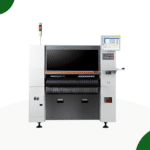 Pick and Place
Pick and Place
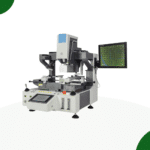 Rework Station
Rework Station
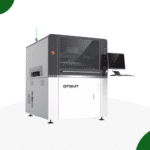 Solder Paste Printers
Solder Paste Printers
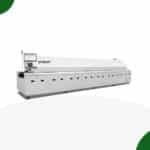 Reflow Ovens
Reflow Ovens
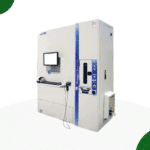 Reel Storage System
Reel Storage System
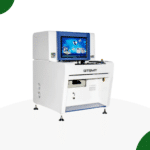 AOI & SPI INSPECTION
AOI & SPI INSPECTION
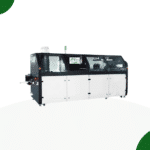 Soldering Machines
Soldering Machines
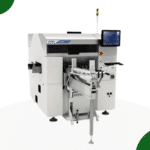 Insertion Machine
Insertion Machine
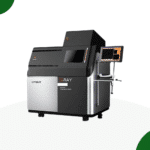 X-ray inspection
X-ray inspection
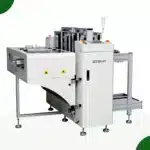 PCB Handeling
PCB Handeling
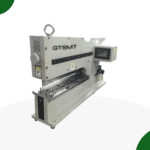 Depaneling Machine
Depaneling Machine
